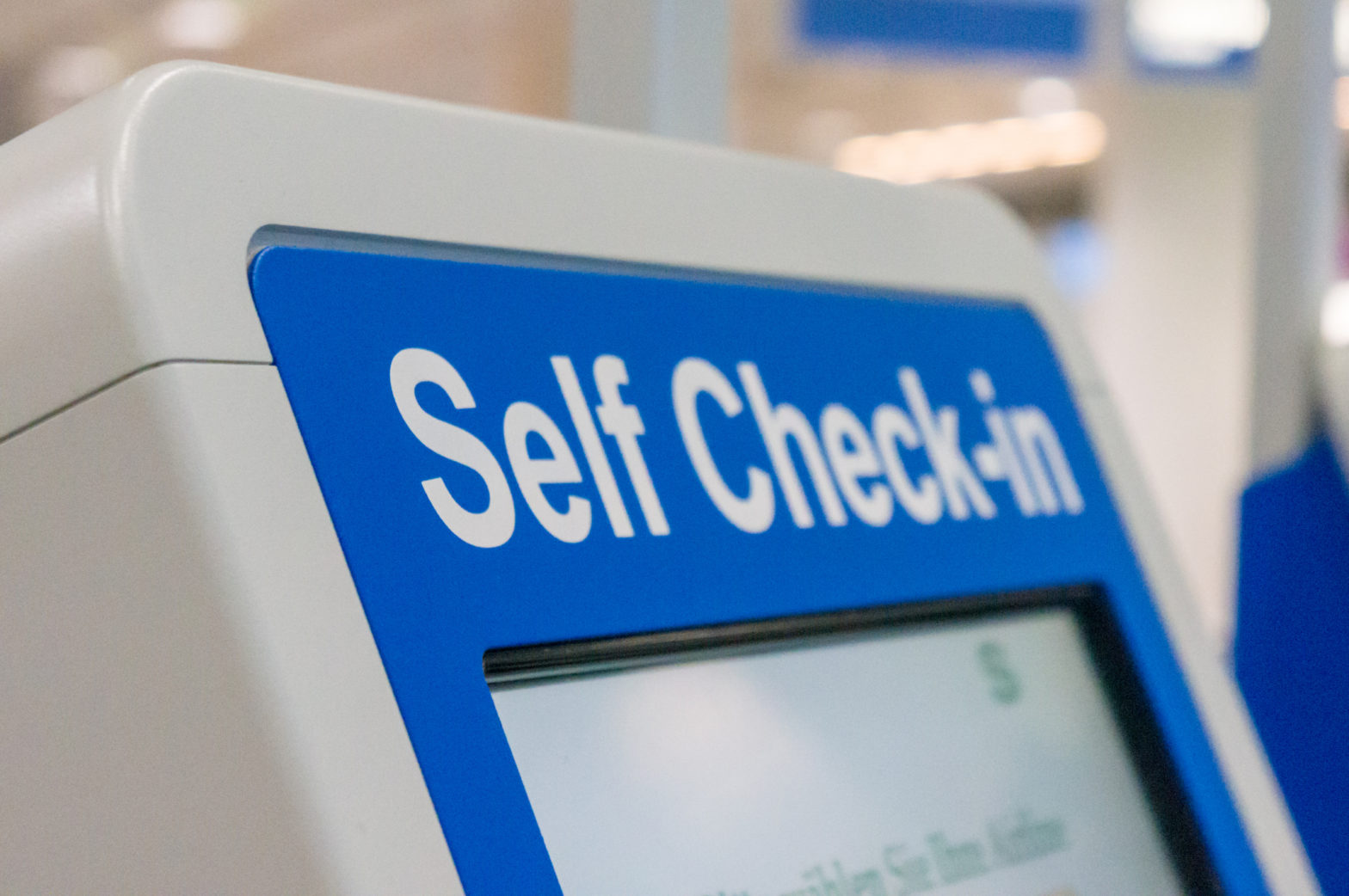
New technology partnership to enhance airport cybersecurity
23 January 2025
by Jonathan Andrews
SITA, a technology provider for the air transport industry, has partnered with Palo Alto Networks to boost cybersecurity for airports.
The collaboration aims to address growing cyber threats while maintaining continuous operations and a secure environment for passengers.
Called Managed Security Service Edge (SSE), the solution consists of Palo Alto Networks solutions such as Secure Web Gateways, intrusion detection, threat intelligence, next generation antivirus or WildFire, DNS protection, SSL decryption and data loss prevention.
SITA will provide the management and operation and will safeguard access from remote sites, mobile workforce and airport assets such as check-in workstations, self-service kiosks, tablets, smartphones and baggage scanners, enabling smooth passenger flows whilst also avoiding downtimes and reducing turnaround times.
“Airports are a critical part of the national infrastructure and face a unique set of cybersecurity threats, including phishing and credential theft, ransomware attacks and compliance challenges,” a SITA spokesperson told Cities Today.
“SITA helps to mitigate these threats by providing Managed Secure Service Edge (SSE) based on Palo Alto’s Prisma. This cloud-delivered solution enables real-time protection across all airport sites and remote workers.”
The partnership will focus on delivering advanced cybersecurity solutions (including Palo Alto Networks Next Generation Firewalls (NGFW), Prisma SD-WAN Instant-On Network (ION) Devices, and Palo Alto Networks Prisma Access) to provide comprehensive network security, connectivity and cloud-based protection, all managed by SITA.
“SITA’s cybersecurity solutions address both legacy systems and emerging technologies by following Zero Trust principles,” said the spokesperson. “This means that no one is trusted by default from inside or outside the network, and verification is required from everyone trying to gain access to resources on the network.”
Already “up and running” it will be further rolled out with phased deployments to ensure smooth integration and to maintain system continuity.
Image: Ruslan Gilmanshin | Dreamstime.com









